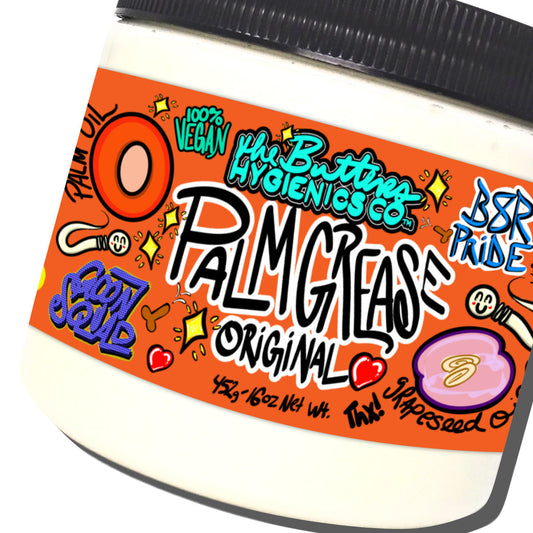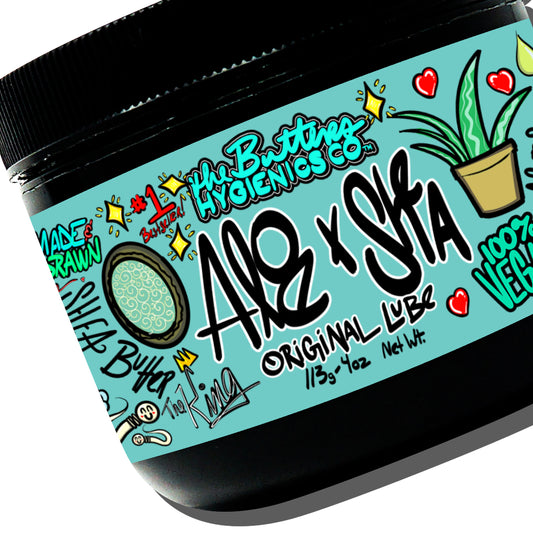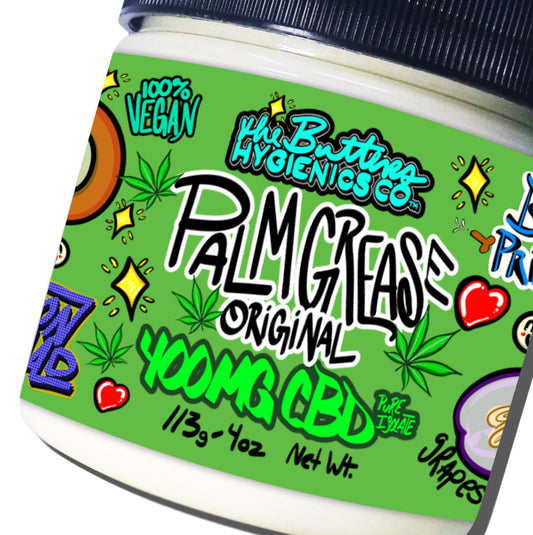
Understanding HIV/AIDS in Modern Times (2024)
Share
HIV/AIDS: Then and Now
HIV (Human Immunodeficiency Virus) attacks the immune system, especially the CD4 cells (T cells), weakening the body’s defense against infections. Left untreated, HIV can progress to AIDS (Acquired Immunodeficiency Syndrome), which severely compromises the immune system. While HIV was once a death sentence, modern treatments mean people with HIV can live long, healthy lives. But that doesn’t mean the problem is gone.
In 2022, an estimated 31,800 people in the U.S. were newly diagnosed with HIV(CDC)
The landscape has shifted dramatically from the peak of the epidemic in the 1980s, but certain populations remain disproportionately affected.

Who's Getting HIV in America Today?
Even though new infections have decreased overall by 12% since 2018, HIV still disproportionately affects marginalized communities:
- Gay, Bisexual, and Other MSM (Men who have Sex with Men): MSM make up 67% of new infections, with young MSM (ages 25-34) hit hardest(CDC).
- Racial Disparities: Black/African Americans, who make up 12% of the U.S. population, account for 37% of new infections. Similarly, Hispanic/Latino individuals make up 18% of the population but 33% of new HIV cases (HIV.gov).
- People Who Inject Drugs (PWID): PWID represent 7% of new infections, and this group sees varying rates of increase and stability depending on race and region (HIV.gov).

PrEP and PEP: Your Shield Against HIV
Pre-exposure prophylaxis (PrEP) and post-exposure prophylaxis (PEP) are game changers in preventing HIV:
- PrEP is a daily medication taken by people at high risk of HIV infection. It's highly effective, reducing the risk of HIV from sex by 99% if taken consistently.
- PEP is an emergency treatment taken after potential exposure to HIV, usually within 72 hours. It’s less of a daily regimen and more like the Plan B for HIV prevention.
Both of these tools are widely available, but PrEP usage is uneven across the country, and outreach to minority populations remains a critical challenge(CDC).

U=U: Not Quite the Silver Bullet
The U=U campaign (Undetectable = Untransmittable) tells us that people with HIV who maintain an undetectable viral load cannot transmit the virus through sex. This message has been crucial in combating stigma and encouraging treatment adherence. But, U=U should be considered more of an anxiety-reducer than a foolproof plan. Here's why:
- Small Risks Remain: Certain factors—like genital tears, other STIs like herpes, or illness—can slightly increase the chances of transmission.
- Take Ownership of Your Health: Relying solely on your partner’s undetectable status might give you peace of mind, but it’s essential to have a backup plan, like condoms or PrEP. Historically, health authorities haven’t always handled HIV with grace, so don't place blind trust in slogans or policies(HIV.gov).
U=U is a powerful tool in reducing transmission, but always remember: your health, your responsibility. If you're one of the rare cases where U=U fails, that tiny risk becomes 100% for you.
Conclusion
The fight against HIV/AIDS has come a long way, but it’s not over. Disproportionate infection rates among racial minorities, MSM, and people who inject drugs remind us that more work remains. With tools like PrEP, PEP, and the growing acceptance of U=U, you have a robust arsenal to protect yourself. But stay vigilant: always protect your health, stay informed, and never rely too heavily on the system. After all, history has shown us that trusting the health establishment blindly is rarely wise.




